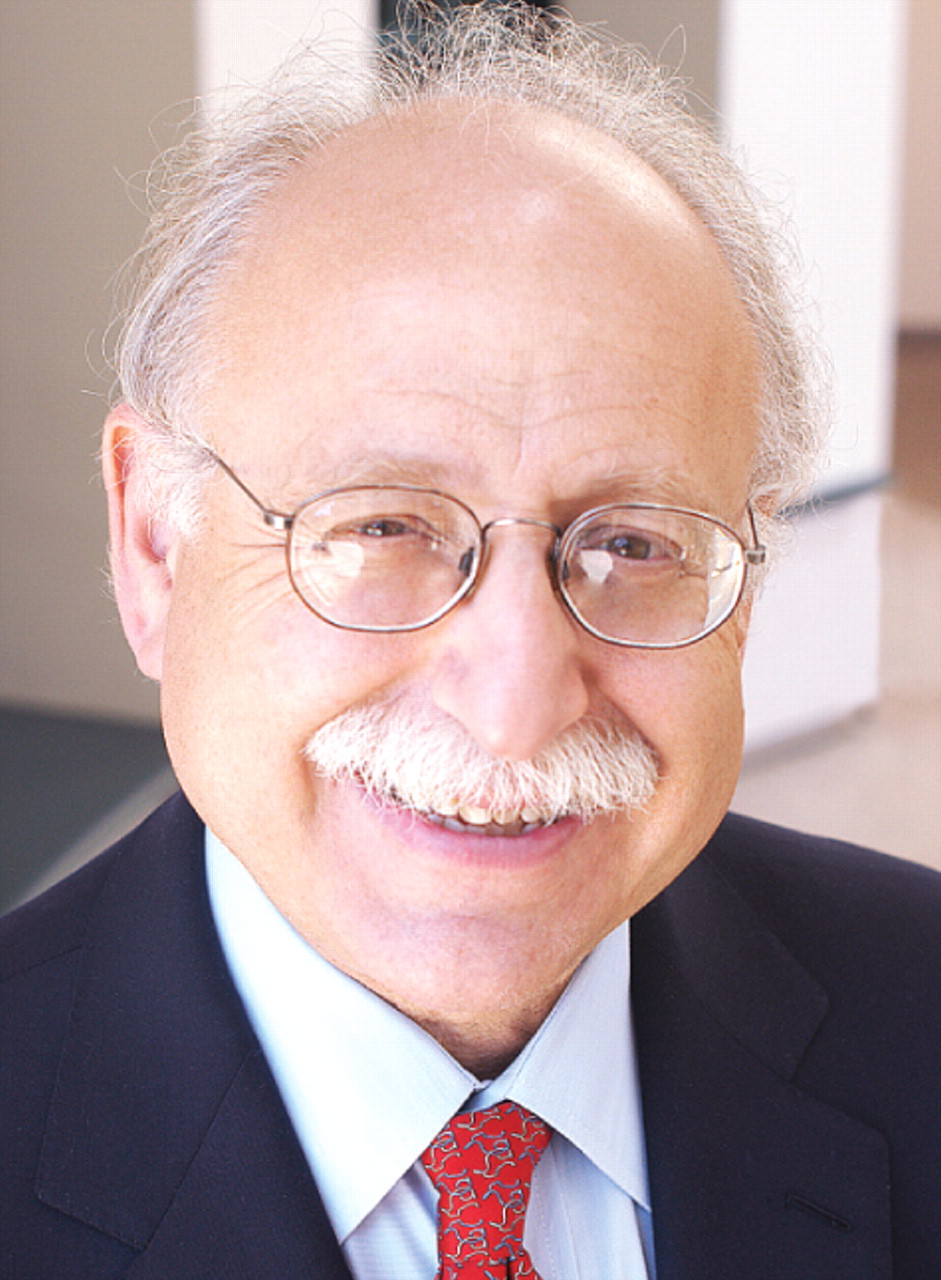Improving Our Annual Meetings

One of the major undertakings of APA is its annual meetings: the Institute on Psychiatric Services meets in early October and the annual meeting in May. Our previous two presidents worked hard to improve both meetings, and we will build on their efforts. For the institute to be held October 8 to 11 in New York City (see Original article: Innovative Features to Debut at APA Fall Institute), we are broadening it somewhat beyond its mainly community-psychiatry orientation to add sessions that may have appeal to practitioners in other areas of psychiatry as well.
Dr. Steve Goldfinger and his Scientific Program Committee have done a terrific job. We are adding a full-day course titled “Advances in Psychopharmacology” with Dr. Jeffrey Lieberman of Columbia; Dr. Jeremy Coplan of SUNY Downstate; and Dr. Charles DeBattista, Dr. Terry Ketter, and me of Stanford. Dr. Johnny O'Reardon from the University of Pennsylvania will lead a forum on r-TMS. There also will be courses on cognitive-behavioral therapy for psychotic disorders and psychopharmacology for nonphysicians. Plan now to attend the institute and mark it on your calendar.
Our annual meeting has changed greatly over the past two decades. At one time it was the place where academic members and practitioners both went for the latest findings. With the growth of other associations, academics have looked elsewhere for the latest information and participated less in the meeting. We need to include our academic members better into the fabric of the meeting. This is a particular issue with our deciding to phase out the industry-supported sessions—more about that in a bit. Bringing in academic leaders will strengthen our program overall and provide us with the most cutting-edge data.
We are making a number of changes to the annual meeting. Currently, the program has lots of sessions covering many disparate areas. (This year there were some 800 presentations.) At times, sessions in a particular thematic area may compete with each other in the same time slot. For a member with a particular interest, this becomes a lost opportunity to learn. For next year's meeting, the Scientific Program Committee (with Drs. Julio Licinio and Don Hilty as its chair and vice chair, respectively) has begun to make changes in how we shape the meeting and assess submissions. One key innovation is that we will plan more of the meeting proactively. Specifically, we are adding leaders in specialty areas—for example, mood disorders, child schizophrenia, psychotherapy, and consultation-liaison—to join work groups that will each plan several sessions in their specialty area and will help assess relevant proposals submitted by the membership. We will then schedule the accepted sessions into tracks so that major areas are covered every half day. We will attempt to color-code sessions by topic in the program book to make it easier for attendees to pick out presentations in the areas on which they wish to focus. This will make the experience more user friendly. The annual meeting will become even more responsive to members' educational needs as indicated in the recent surveys.
As you know, the Board of Trustees voted last March to phase out industry-supported symposia. This decision has been met with mixed reactions on the part of the membership. Some are convinced this was a good idea; others were appalled, noting how well done they were, with little or no bias. The decline in industry support in general over the past two years has already resulted in our having very few such symposia at our San Francisco meeting in May. Many members were shut out of the sessions because of less space availability. There was thus a loss of some fine educational sessions taught by many leaders in the field.
As indicated above, we will try to fill the void by prospectively planning more sessions in the meeting. That will help to some extent. However, another fallout was the reduction in opportunities to partake in meals. Remember, APA had long ago decided industry-supported symposia could not compete with other sessions and thus had to occur at meal times. The result was an efficient way of feeding many attendees while providing an excellent educational experience. (Personally I have not been enamored with mixing of the functions, but members seemed to like it.) What I heard from a number of people this year was not only a complaint about the loss of free meals as part of the registration, but also a loss of being able to meet new colleagues in the evening. Clearly, this is something we had not considered when the decision was made to phase out the sessions.
Another consequence of fewer industry-supported sessions this year was the sparse program we offered for Sunday. Over the last few years, industry symposia have filled the non-course part of the program from Saturday evening up until the Opening Session on Sunday evening. Dr. Debbie Hales of the APA staff and the Scientific Program Committee have done an excellent job working with faculty members to build a top-notch set of courses that are a mainstay of the program before the official opening. With fewer industry symposia, we need to think about how to fill the non-course void. One option is a series of symposia with other psychiatric societies covering a wide range of topics. For example, we could have a joint biological symposium with the Society of Biological Psychiatry, a premier research society that meets immediately before our annual meeting. Similarly, a meeting with one or more of the psychoanalytic associations might be of interest, as would one with the American Society of Clinical Psychopharmacology. All of these are being considered.
We will provide you with updates on the meetings as the year progresses. Please let me know of any innovative ideas you may have to strengthen them. Send them to [email protected].▪



